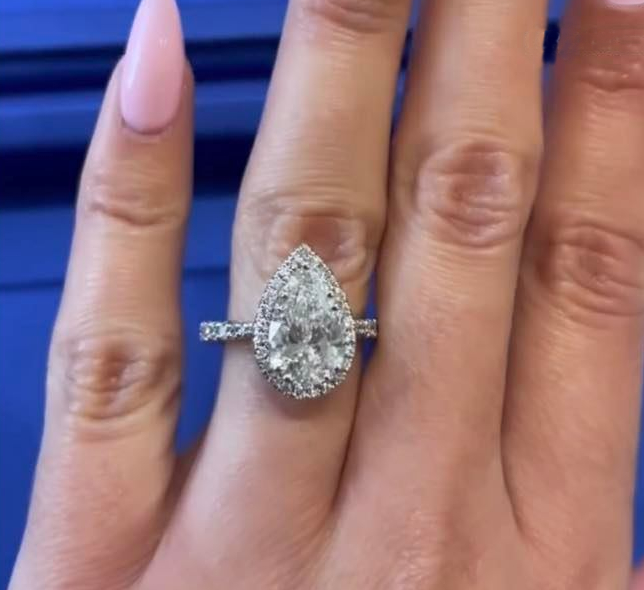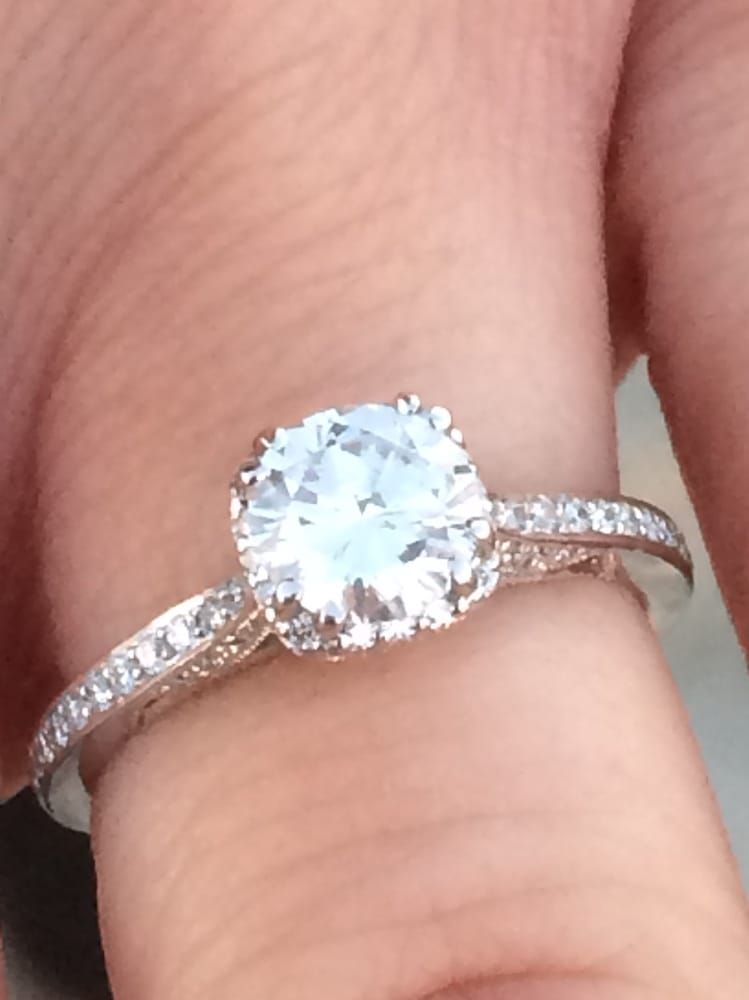When most people think of diamonds, they think of the natural variety that comes from deep within the earth's crust. However, there is a new type of diamond on the market that is making waves in the industry: laboratory grown diamonds. These diamonds are created using advanced technology in a laboratory setting, rather than being formed naturally over millions of years.
Laboratory grown diamonds have been gaining popularity in recent years due to their affordability and eco-friendliness. In this article, we will dive into what exactly laboratory grown diamonds are, how they are made, their quality, and how they compare to natural diamonds.
What Are Laboratory Grown Diamonds?
Laboratory grown diamonds, also known as synthetic diamonds, are created using advanced technology in a laboratory rather than being formed naturally within the earth. They are made from a small diamond seed that is placed in a chamber with a carbon source. The chamber is then heated to an extremely high temperature and pressure, causing the carbon atoms to bond together and form a diamond crystal.
There are two main methods used to create laboratory grown diamonds: High Pressure High Temperature (HPHT) and Chemical Vapor Deposition (CVD). In the HPHT method, the diamond seed is placed in a high pressure, high temperature chamber with a carbon source and other materials. The CVD method involves placing the diamond seed in a low pressure chamber with a hydrocarbon gas, which is then ionized to create a plasma that deposits carbon onto the seed.
Quality of Laboratory Grown Diamonds
One of the main concerns when it comes to laboratory grown diamonds is their quality. How do they compare to natural diamonds in terms of their brilliance, durability, and overall value?
In terms of brilliance, laboratory grown diamonds are just as beautiful as natural diamonds. They have the same physical, chemical, and optical properties as natural diamonds, meaning that they sparkle and shine just as much. Additionally, laboratory grown diamonds are graded using the same criteria as natural diamonds, including the 4Cs (carat weight, color, clarity, and cut).
When it comes to durability, laboratory grown diamonds are just as strong as natural diamonds. They are both rated a 10 on the Mohs scale of hardness, meaning that they are extremely resistant to scratching and other forms of wear and tear.
In terms of value, laboratory grown diamonds are generally more affordable than natural diamonds. This is because they can be produced in a matter of weeks rather than taking millions of years to form, and they require less labor and resources to produce. Additionally, laboratory grown diamonds are often sold at a lower markup than natural diamonds, making them a more budget-friendly option.
Eco-Friendliness of Laboratory Grown Diamonds
Another major benefit of laboratory grown diamonds is their eco-friendliness. Natural diamond mining is a notoriously destructive industry, with many mines causing significant environmental damage and human rights abuses. Laboratory grown diamonds, on the other hand, are created in a controlled environment without the need for mining or other destructive practices.
Additionally, laboratory grown diamonds use significantly less energy and resources to produce than natural diamonds. According to the Diamond Foundry, a leading producer of laboratory grown diamonds, their diamonds use 250 million times less water and emit 20% less carbon than mined diamonds.
Comparison to Natural Diamonds
When it comes to comparing laboratory grown diamonds to natural diamonds, there are a few key differences to keep in mind. While laboratory grown diamonds are just as beautiful and durable as natural diamonds, there are a few differences that may be important to consider when deciding between the two.
The first difference is the price. As mentioned earlier, laboratory grown diamonds are generally more affordable than natural diamonds. This is because they require less time and resources to produce, and are often sold at a lower markup. For those who are on a budget or who simply don't want to spend a lot of money on a diamond, laboratory grown diamonds can be a great option.
Another difference is the rarity. Natural diamonds are incredibly rare and valuable, which is part of what makes them so sought after. Laboratory grown diamonds, on the other hand, are much more common and readily available. This may be a consideration for those who value the exclusivity and prestige of owning a natural diamond.
Finally, there is the ethical and environmental aspect to consider. As mentioned earlier, natural diamond mining can have serious environmental and human rights implications. For those who are concerned about these issues, laboratory grown diamonds offer a more ethical and eco-friendly alternative.
#Brilliant Diamonds #LaboratoryGrownDiamonds #LabDiamonds #NaturalDiamonds #Diamonds #EthicalDiamonds












 Princess Cut Rings
Princess Cut Rings  Round Cut Rings
Round Cut Rings  Radiant Cut Rings
Radiant Cut Rings  Cushion Cut Rings
Cushion Cut Rings  Oval Cut Rings
Oval Cut Rings  Emerald Cut Rings
Emerald Cut Rings  Pear Shape Rings
Pear Shape Rings  Diamond Rings
Diamond Rings  Solitaire Rings
Solitaire Rings  Three Stones Rings
Three Stones Rings  Side Stone Rings
Side Stone Rings  Halo Rings
Halo Rings  Gold Rings
Gold Rings  Pave Wedding Bands
Pave Wedding Bands  Channel Wedding Bands
Channel Wedding Bands  Prong Wedding Bands
Prong Wedding Bands  Eternity Wedding Bands
Eternity Wedding Bands  Diamond Wedding Bands
Diamond Wedding Bands  Men's Wedding Bands
Men's Wedding Bands  Women's Wedding Bands
Women's Wedding Bands  Unisex Wedding Bands
Unisex Wedding Bands  Heart
Heart  Circle
Circle  Solitaire
Solitaire  Diamond
Diamond  Chain
Chain  Pearl
Pearl  Gemstone
Gemstone  Religious
Religious  Gold
Gold  Hoop
Hoop  Stud
Stud  Drop
Drop  Chandelier
Chandelier  Huggies
Huggies  Diamond
Diamond  Pearl
Pearl  Gemstone
Gemstone  Gold
Gold  Bangles
Bangles  Diamond
Diamond  Gemstone
Gemstone  Pearl
Pearl  Gold
Gold  Gemstones
Gemstones  Diamond
Diamond  Gold
Gold 



